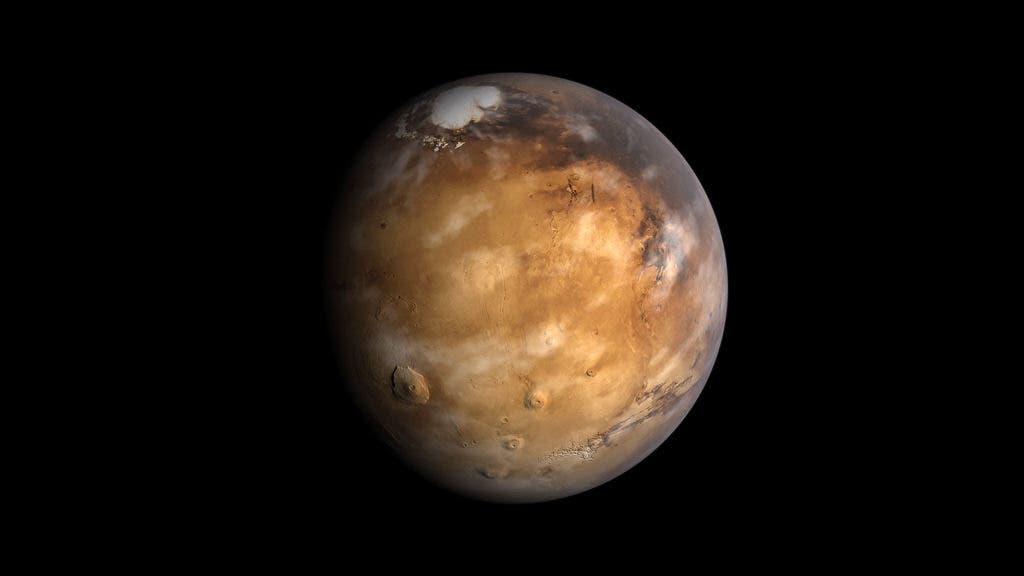NASA’s next mission will provide InSight into the workings of Mars’ interior — and find out whether there is such a thing as a Marsquake.

Image credits Kevin Gill / Flickr.
No, that’s not a typo — NASA’s InSight mission, short for Interior Exploration using Seismic Investigations, Geodesy, and Heat Transport, leaves little room for doubt as to what it will entail — except that it will do it on Mars. There’s a lot of interest among planetary scientists about what secrets the red planet’s interior hides, and the mission aims to bring many of those to light. As part of this mission, the eponymous lander will blast off from the Vandenberg Air Force Base in California as early as May 5, according to a news release.
Red to the core?
The InSight mission will be the first in many regards: it’s the first launch to another planet from the West Coast — usually, that’s a role reserved for Cape Canaveral, Florida. It’s also the first mission dedicated to studying Mars’ deep interior, the product of 25 years of planning and effort, says the mission’s lead investigator Bruce Banerdt.
Although the launch is scheduled for the 5th of May, it will still take the lander about six months to make the 301-million-mile treck to Mars, according to NASA estimates. Another 2-3 months will be needed to get the instruments all nicely calibrated and humming at peak accuracy; all in all, the mission should last about two Earth years, which is a little over one Martian year.
According to Banerdt, InSight will collect seismic data and chart heat flows beneath the planet’s crust, all while keeping a highly-accurate eye on Mars’ north pole. He’s confident that by the mission’s end, researchers will have enough data on hand to map out the interior structure of Mars — a feat that could finally tell us what turned the planet so barren. The craft will be beaming data back since day one, however, so maybe we’ll piece things together a bit faster.
InSight’s observations extend farther than Mars alone, though. Data gleaned from the lander will help scientists better understand how rocky bodies or planets form and evolve; Banerdt described the mission as a “scientific time machine that will bring back information about the early stages of Mars’ formation four-and-a-half-billion years ago”.
Having access to this story will even help scientists better understand how Earth and our moon came to be. Down here, because our planet is still keeping active (isn’t it making us all so proud?), the same clues InSight will be looking for just aren’t available anymore; they’ve been destroyed by millions of years of erosion, mantle convection, plate tectonics, and other geological processes. Mars, luckily for us, hasn’t been active enough to cover up the traces left by its formation and early processes, according to Banerdt.
“What InSight is going to do is, it is going to sort of fill in the last big hole in our understanding of Mars. We’ve sent orbiters to Mars which have studied the entire surface, [but e]verything more than just a few feet below the surface is completely unknown territory,” he explains.
“And InSight is going to fill in the gap in our knowledge of Mars and sort of finish the reconnaissance of the exploration of Mars.”
InSight’s launch is scheduled for May 5; if anything should interfere with that date and the mission needs to be delayed, its launch window is open until June 8.






